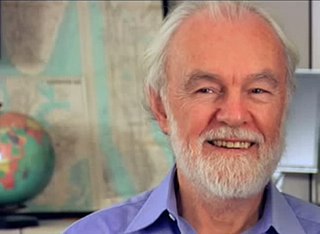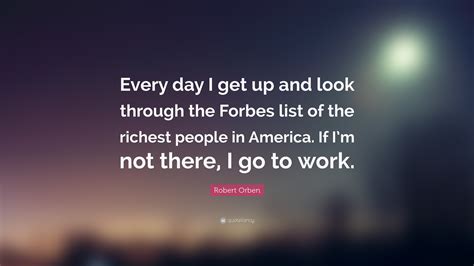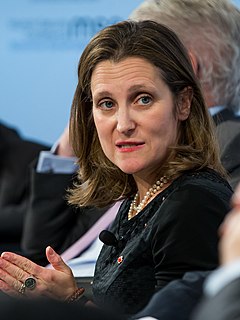A Quote by David Harvey
But planned obsolescence is possible only if the rate of technological change is contained.
Related Quotes
Only one rational path is open to us - simultaneous de-development of the [overdeveloped countries] and semi-development of the underdeveloped countries (UDCs), in order to approach a decent and ecologically sustainable standard of living for all in between. By de-development we mean lower per-capita energy consumption, fewer gadgets, and the abolition of planned obsolescence.




































